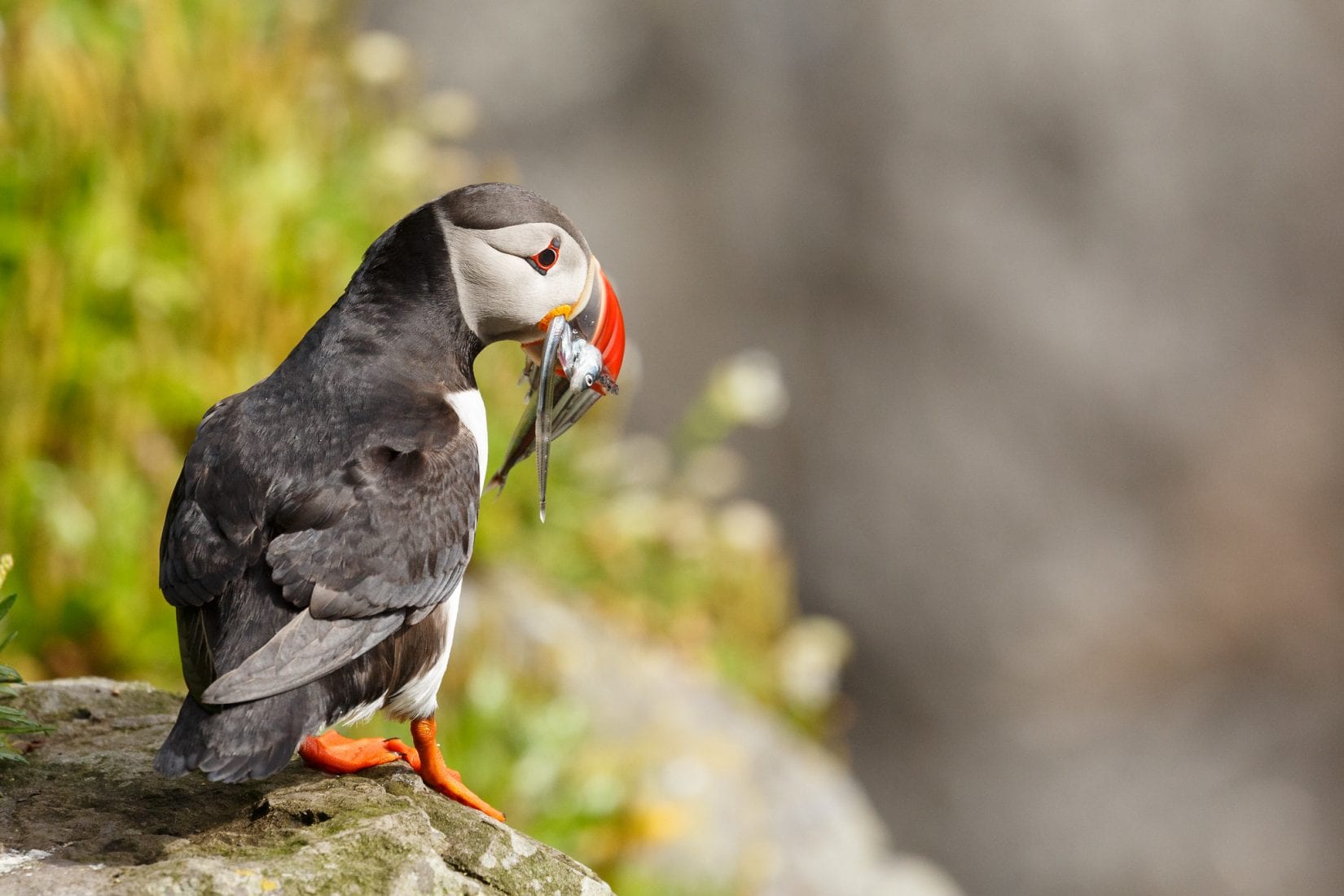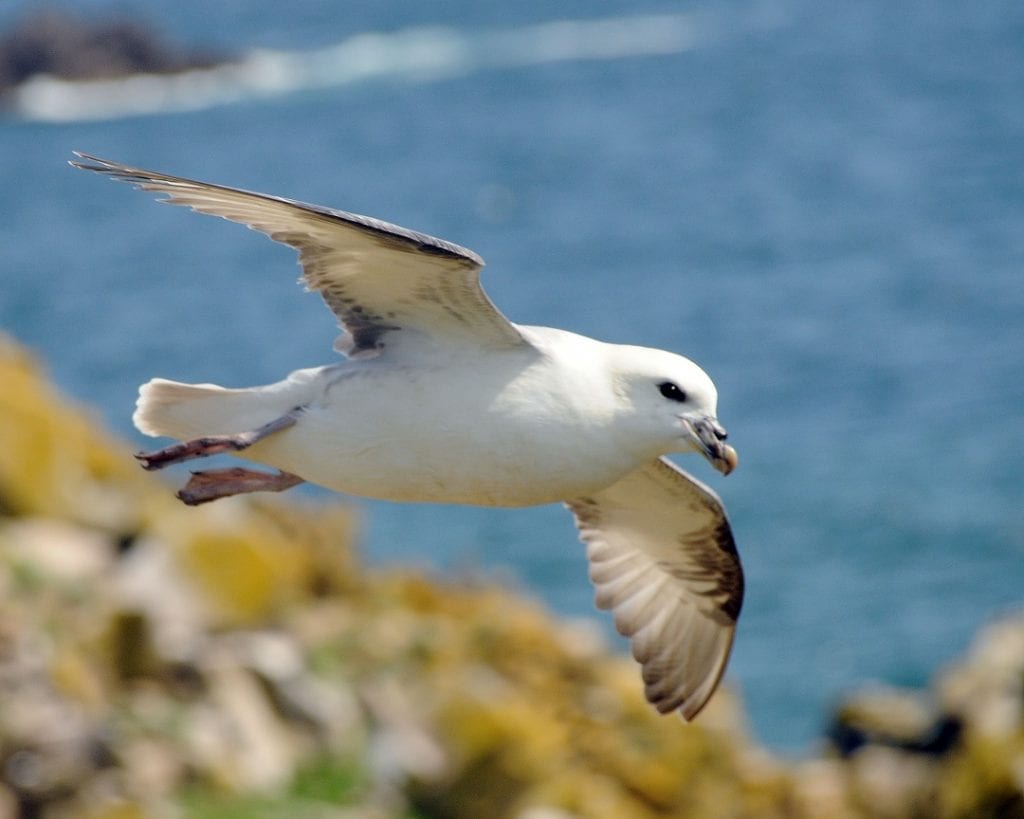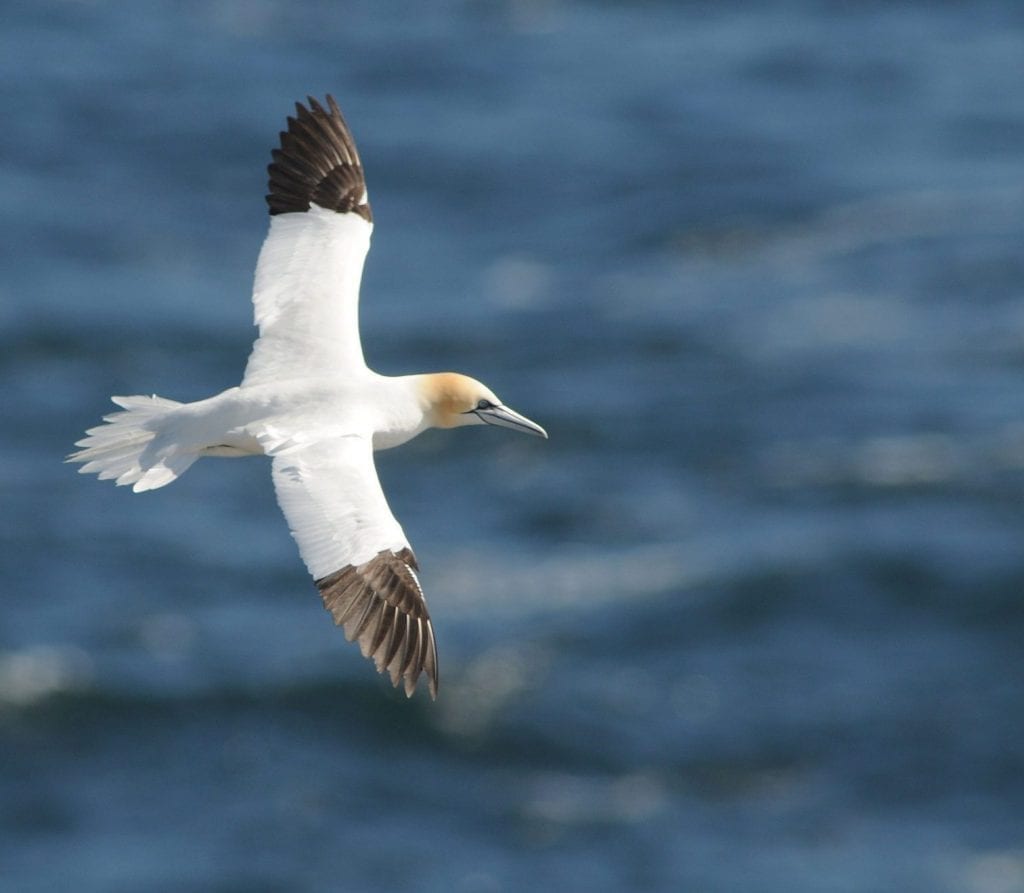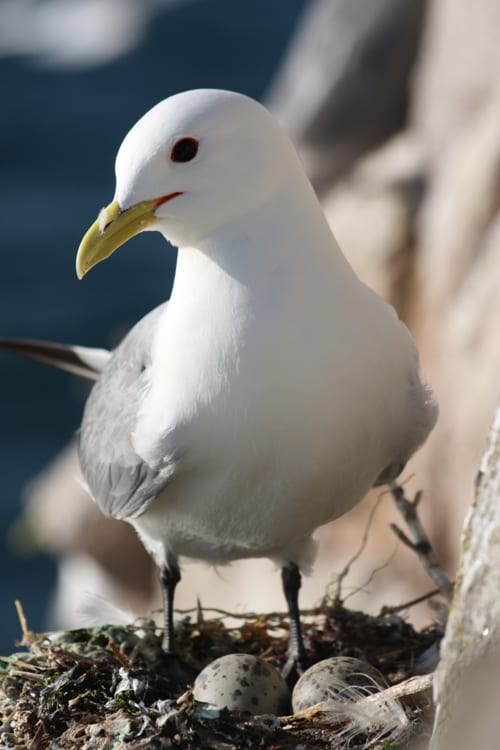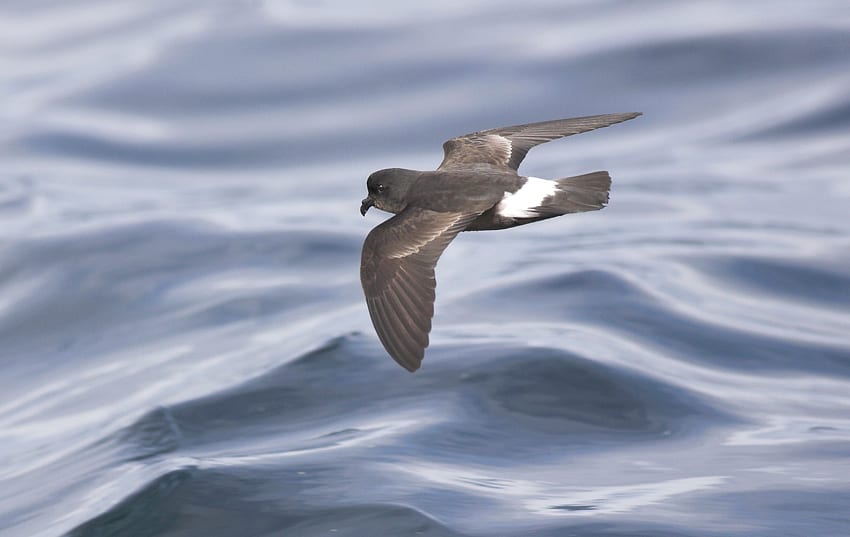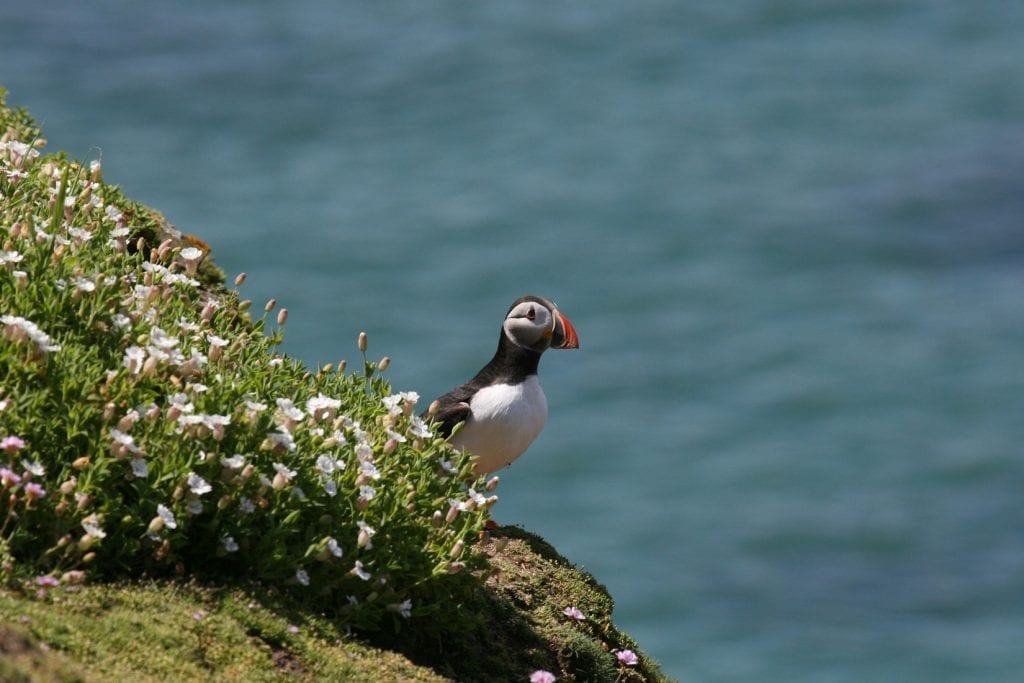The Greater Skellig Coast Hope Spot is of huge ornithological importance and plays a vital role year-round. This Hope Spot covers the Loop Head to Kenmare Area of Interest outlined in the Fair Seas report, ‘Revitalising Our Seas: Identifying Areas of Interest for Marine Protected Area Designation in Irish Waters’, that was published last June. Hope Spots are chosen using a set of criteria, among them the presence of a special abundance or diversity of species, or populations of rare or threatened species, of which the Greater Skellig Coast can certainly boast.
Year-round activity
By summer, the region hosts some of the most breath-taking seabird breeding colonies in Ireland, many of which are of international importance. Of the 24 breeding seabird species in Ireland, 20 are known to call the Greater Skellig Coast home for the summer, drawing sustenance from these productive waters for the critically important and high consumption period of breeding and chick-rearing. In terms of Birds of Conservation Concern, 4 of Ireland’s 5 Red-list species, and 15 of Ireland’s Amber-list species, are present here[1].
The regions includes the largest of Ireland’s Gannetries on the Skelligs, which hosts 74% of the national gannet population, and the largest Puffin colony, with 26% of the breeding population on Puffin Island. However, soon to be published data suggests that the Puffin population on Great Skellig may now have surpassed that. Sceilg Mhichíl, a UNESCO World Heritage Site, is also important for Northern Fulmar, Black-legged Kittiwakes, European Storm-petrel, Manx Shearwater, Atlantic Puffins and Common Guillemots.
By winter, the region is of huge importance for wintering waterbirds. Tralee Bay, for example, supports 20,000 wintering waterbirds. Of the 22 species for which Tralee Bay is designated a Special Protection Area, 20 are either Amber-listed or Red-listed Birds of Conservation Concern[1]. This includes the national bird of Ireland, the Lapwing, and the Curlew, Dunlin and Redshank, all four of which are Red-listed and are waders of European importance that are severely declining in Ireland.
The Bridges of Ross, lying just north of Loop Head, in Co Clare, is one of the major migration bottlenecks in the country, with 60,000 birds being recorded passing through here over a three-year period.
These numbers are staggering and awe-inspiring in their own right, but when you consider the diversity of the seabird species present here and how they thrive in this region, you really get a sense of the extent to which seabirds use the marine environment.
Important Seabird Colonies of the Greater Skellig Coast
One species which disperses rather than migrating following the breeding season, but still feeds at sea on a variety of marine foods, including scavenging on offal from trawlers, is the Fulmar which is often mistaken for a gull.
Image: Fulmar (Michael Finn)
Gannets, as birds of the open sea, can travel huge distances hundreds of kilometres from nesting sites to forage during chick-rearing[2]. Gannets were also the worst affected seabirds during the rapid increase of Avian flu cases in Ireland in September last year. They were particularly vulnerable as their breeding season begins relatively late compared to other seabirds, and while most other species had long since left their nesting sites by then, gannets were still at their breeding colonies in large numbers.
Image: Gannet (Michael Finn)
Kittiwakes are exceptions for a number of reasons. They are the most oceanic of the gulls, essentially only returning to land for breeding season, and unlike other gulls, they can nest in small colonies or in large, dense colonies up to several tens of thousands[2].
Image: Kittiwake (Laura Glenister)
Like Kittiwakes, European Storm-petrels only return to land to breed. The northernmost of the Blasket Islands, Inishtooskert, holds the largest colony of European Storm Petrels in Ireland, and at a national level, Ireland is a significant stronghold for this species with an internationally important population located here[2].
Image: European Storm-Petrel (Anthony McGeehan)
The Blaskets and Puffin Island are also the two major hotspots for Manx Shearwater in Ireland, particularly noteworthy given that most of the world’s population of Manx Shearwater breeds in Ireland or Britain.[2] Manx Shearwaters nest in burrows and are only active at their colonies at night. Although rare, the Critically Endangered Balearic Shearwater, has been observed around the Blasket and Skellig Islands too.
Another burrow nester, Puffins may seem somewhat inefficient in flight; indeed, they have one of the highest energetic costs of flight in seabirds. However, in water, their wings propel them on under water pursuits after diving from the surface in the same way as Common Guillemots, which occur in the Greater Skellig Coast region in important numbers, also do. Puffins can dive up to 75m and Guillemots can dive up to 250m, for example.
Image: Puffin (Shay Connolly)
The Greater Skellig Coast is a region that provides a spectacular showcase of seabird diversity and the many and varied ways in which birds live off the sea. Given the diverse and wide-ranging uses of the marine environment for the sea, it is clear that protections for these seabirds need to go further that the existing 500m extension from nesting sites on land, as allowed for under the current Special Protection Areas.
[1] Gilbert, G, Stanbury, A., Lewis, L., (2021) Birds of Conservation Concern in Ireland 4: 2020–2026 Irish Birds 43: 1–22 Kilcoole
[2] Mitchell, P.I., Newton, S.F., Ratcliffe, N., & Dunn, T.E. (2004) Seabird Populations of Britain and Ireland: Results of the SEABIRD 2000 Census.

